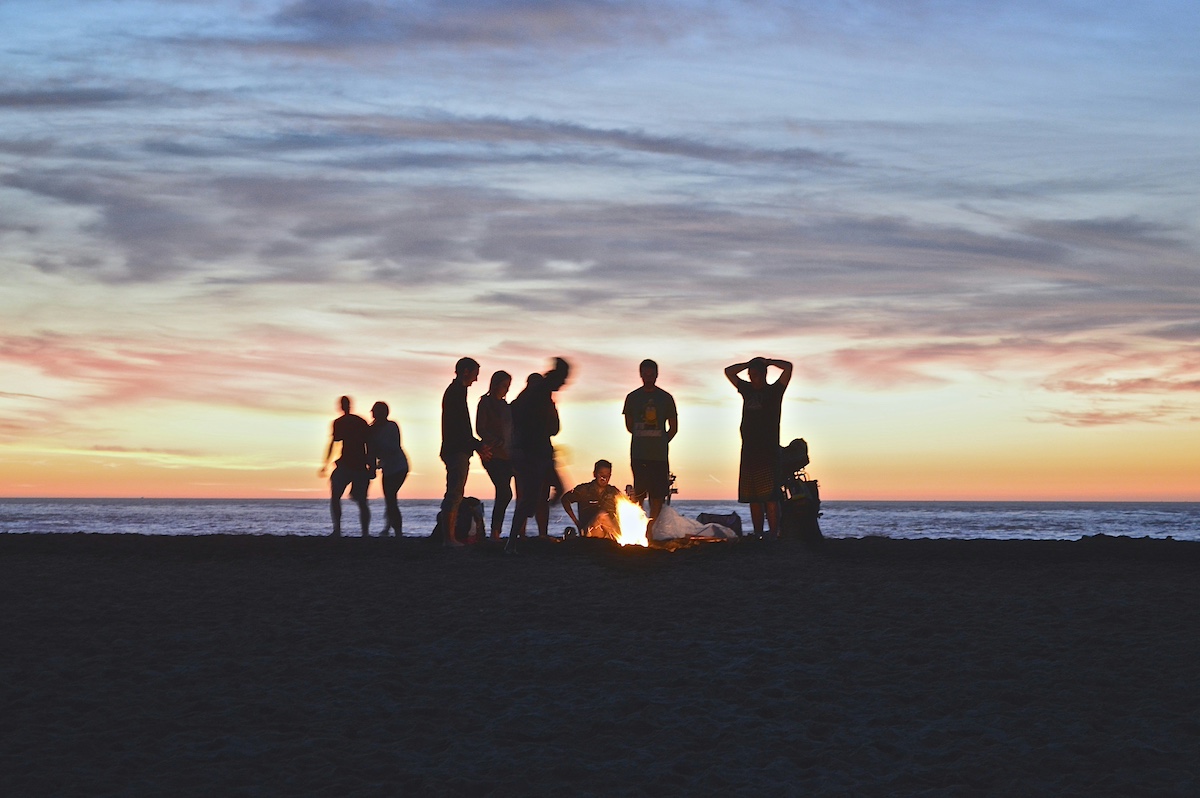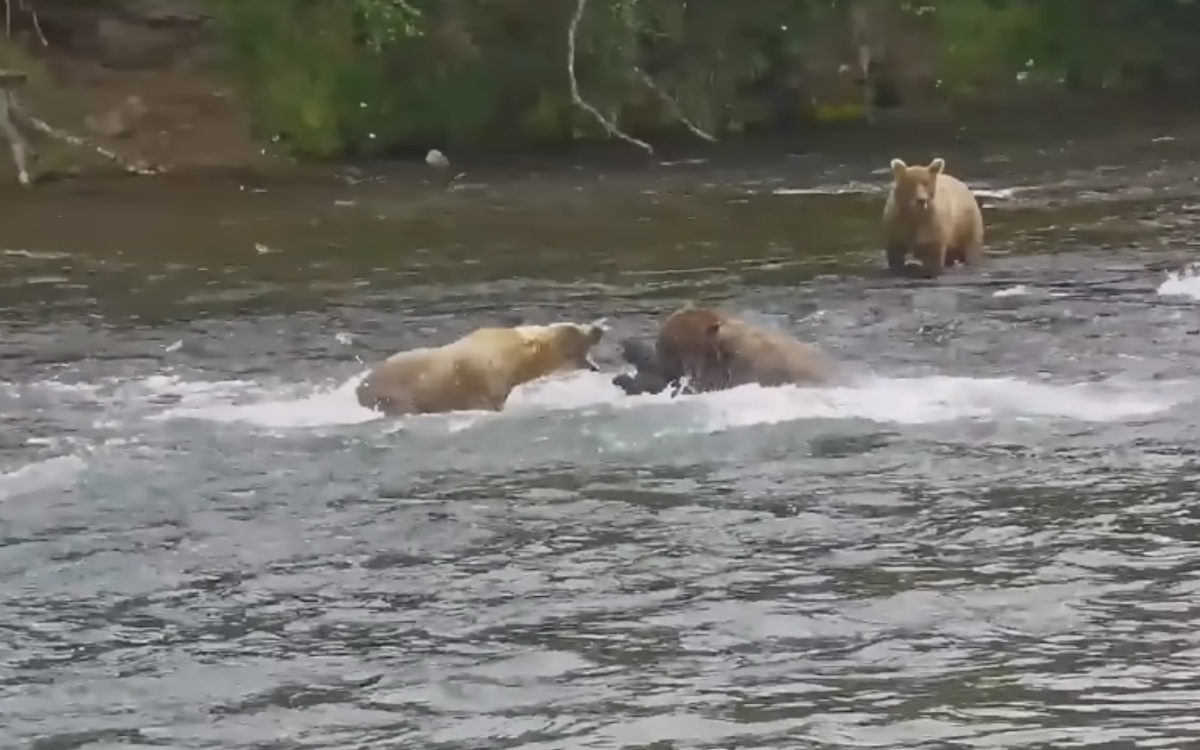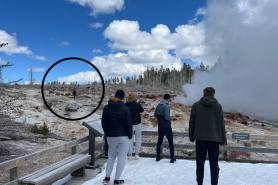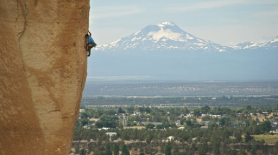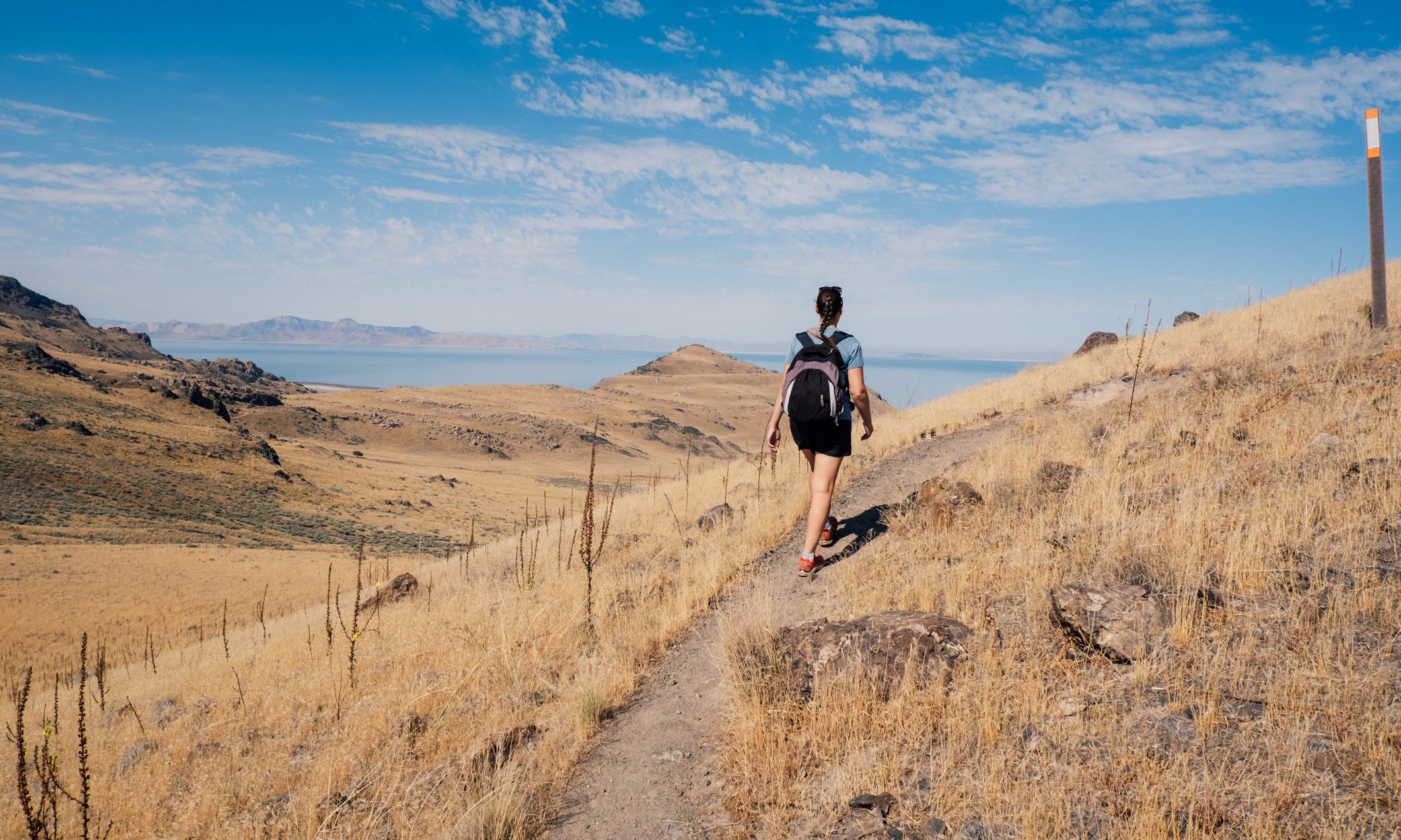

Over the past few years, millions of people have either moved to Salt Lake City, Utah, or visited to hike and ride the region’s world-class trails. But now the Great Salt Lake is drying up, releasing chemicals so toxic that it may soon be unsafe to hike or bike at all.
Videos by Outdoors with Bear Grylls
The Great Salt Lake has been slowly receding since the 1980s, thanks to a combination of population growth and climate change. The population boom has picked up speed over the last few years as outdoor recreationists have flocked to the region in an effort to be closer to the fly-fishing, skiing, mountain biking, and year-round climbing that the Wasatch Mountains have to offer. Perhaps it’s no wonder that Salt Lake City is one of the fastest-growing cities in the U.S.

Between the rising number of residents and the state’s growing outdoor recreation tourism, water demands are at an all-time high. Many streams and canals are all but tapped out, leaving the Great Salt Lake with few sources of water to replenish it. The lake is now about a third its original size.
As it recedes, heavy metals like arsenic and mercury—which are dissolved in the water and buried in the lakebed as a result of previous mining activity—start to filter out. Windstorms sweep these particulates into the air, where they then move into the city and the surrounding valleys in toxic dust clouds that can cause acute negative health effects.
Right now, all of Northern Utah is under threat if current trends continue, but the areas right around the lake may become off limits on an even shorter timeline. It may soon be too dangerous to hike the trails around the shore or on Antelope Island, the treasured green space at the lake’s center.
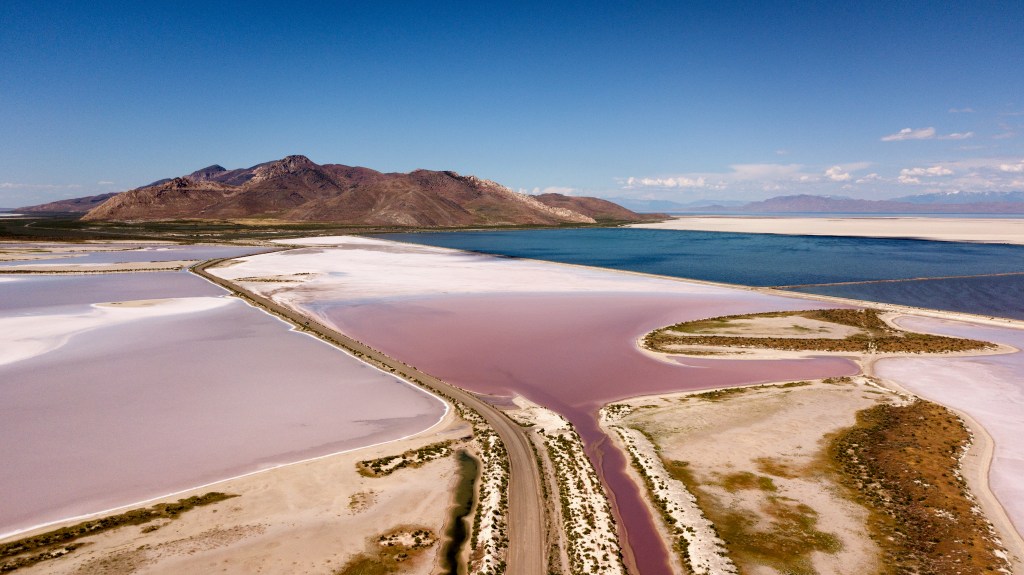
State lawmakers and scientists are looking at new ways to replenish the water in the lake, but many of these changes will likely require increased water pricing or government regulation. Many taxpayers are reluctant to accept these measures—even though maintaining the status quo could be deadly. The state legislature’s search for answers continues.
In the meantime, if you’re planning a visit to SLC, be sure to check the air quality and the direction of the winds before you venture outside. And if it’s a particularly dry or windy day, consider staying away from the lake.
